Luang Prabang, the ancient capital of Luang Prabang Province in northern Laos, lies in a valley at the confluence of the Mekong and Nam Khan rivers. Inhabited for thousands of years, it was the royal capital of the country until 1975. It’s known for its many Buddhist temples, including the gilded Wat Xieng Thong, dating to the 16th century, and Wat Mai, once the residence of the head of Laotian Buddhism.
Visitors to Luang Prabang are charmed by the friendly atmosphere of this small town. The town itself offers several unique insights into the history of the region, through excellently preserved Buddhist temples, museum and a variety of Lao, Tai-Lue, Burmese, Chinese and Tai architecture at the Night Market. Luang Prabang sells a large variety of traditional goods. The town is famous for its unique textiles and beautiful mulberry paper. Famous foods in Luang Prabang are ‘Aur Lam’ (a thick stew made with the forsted herb), ‘Sakhan’, (meat and eggplants), ‘Jaew Bong’, (a sauce made with hot chillies and buffalo skin) and ‘khai Pan’ (dried river weed lightly fried with sesame seeds and garlic).
Some of the most visited sites in Luang Prabang Town are Wat Xieng Thong, Mount Phou Si, Wat Visounnarath (the former Royal Palace) and Wat Manolom. Equally beautiful are the lesser known temples across the Mekong River in Chomphet District. You can take a 1,5 hour walk through the hills and forest opposite the main town to explore the old temple sites and peaceful environment. Just outside of the main town are the beautiful Tad Kwang Si Waterfall, Tham Ting Caves, Ban Xang Hai Village and the tiered Tad Sae Waterfall. Further out is Muang Ngoi Kao, a quiet village located on the banks of the Nam Ou River surrounded by high karst mountains and sheer limestone cliffs. You can visit these sites on your own or use the services of one of the many tour operators based in town.
Luang Prabang celebrates all of the major Lao festivals in style. The largest, Pi Mai Lao or Lao New Year takes place officially from 13-15 April, but in Luang Prabang the festival often lasts a full week with a trade fair, ‘Miss Lao New Year’ contest, parades and religious ceremonies. In late December Hmong New Year is celebrated. This is a time where the Hmong show off their finest traditional clothing, hold musical performances and other cultural ceremonies. In Luang Prabang, the annual boat races are held in late September, one month earlier than Vientiane and most other places in the country.
While in Luang Prabang, you may observe the morning alms giving ceremony, where monks walk through town in single file carrying their alms bowls to give laypeople the opportunity to offer alms and gain merit. Offerings by the people are usually comprised of sticky rice, fruit or simple traditional snacks. Know as ‘Binthabat’ in Lao, this is a sacred religious ceremony. Tourists may participate in and photograph the ceremony, however, the people of Luang Prabang, especially the monks, ask that this is done is a respectful way and visitors do everything they can not to disrupt this ancient tradition.

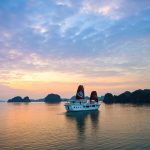


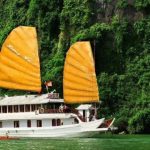

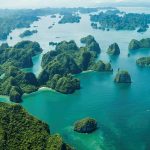


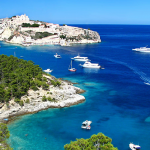
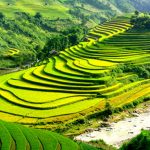
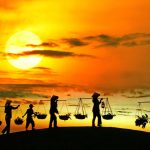


Recent Comments